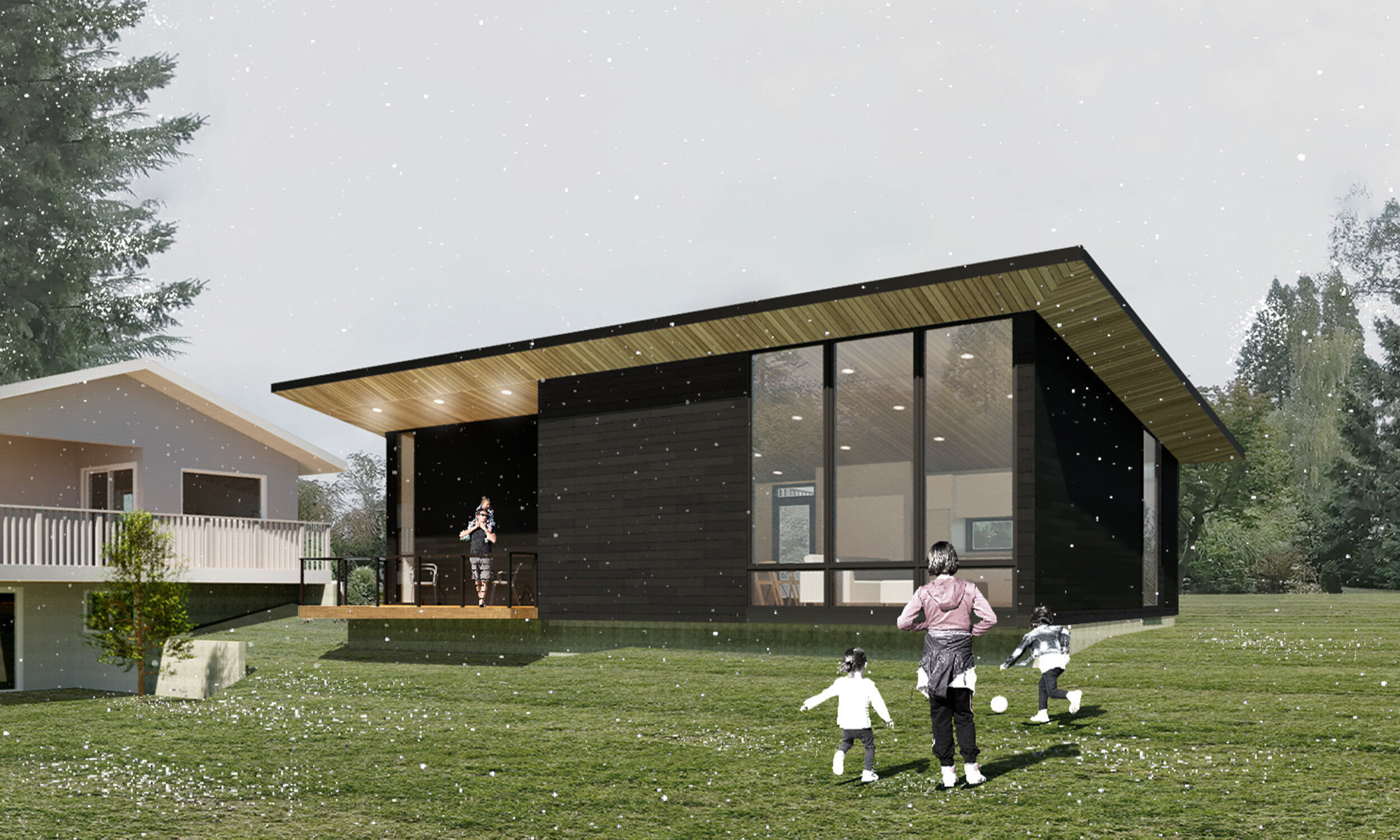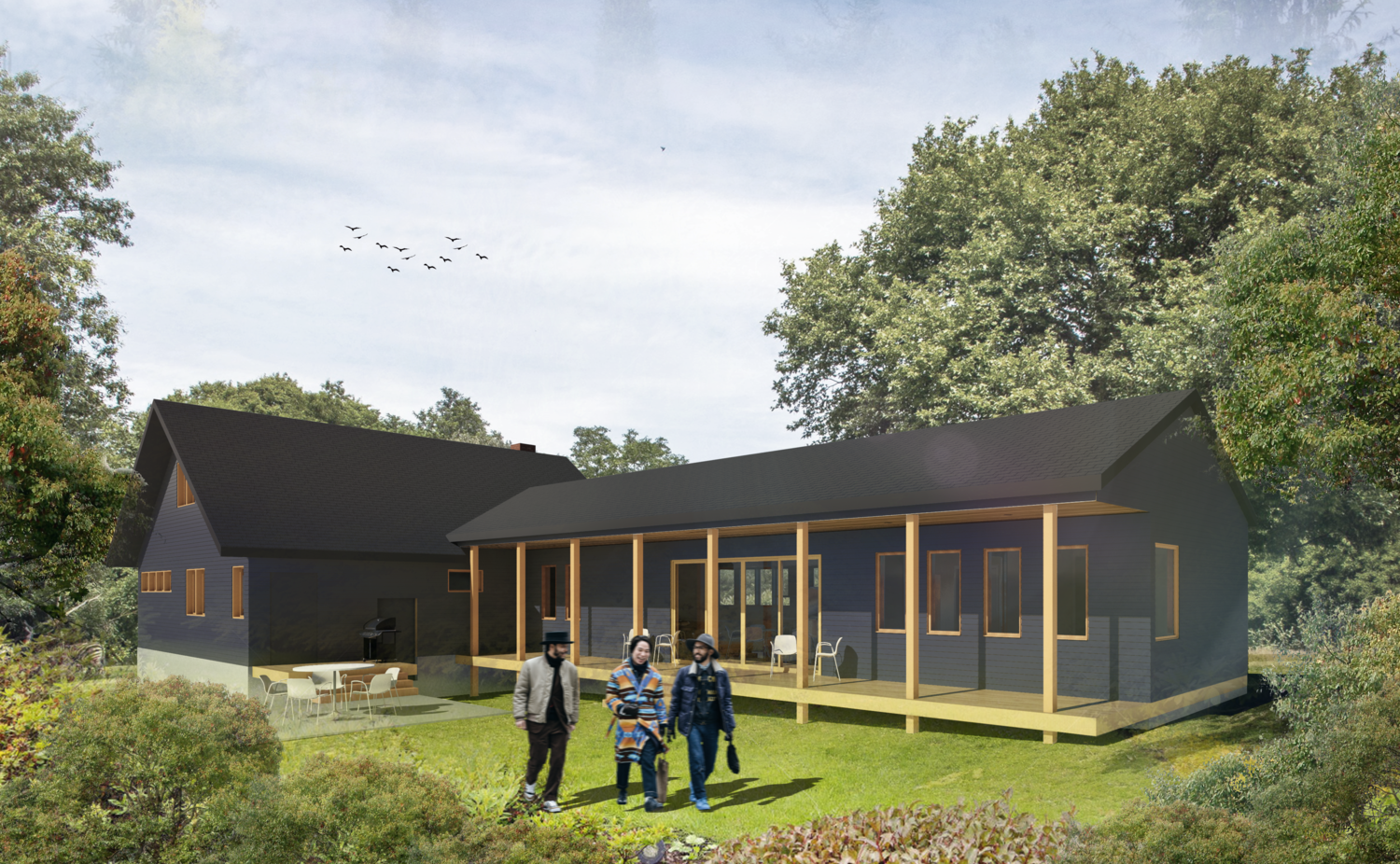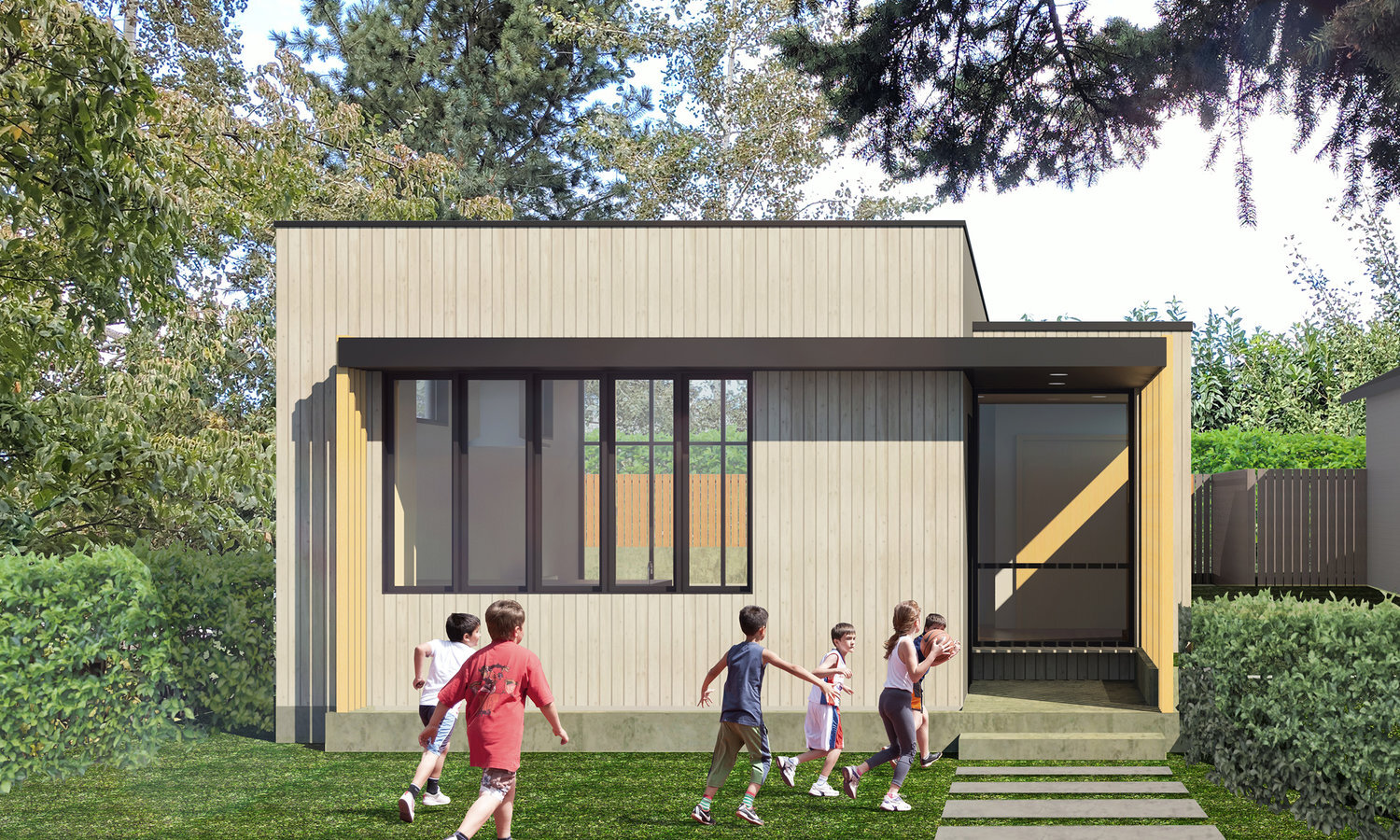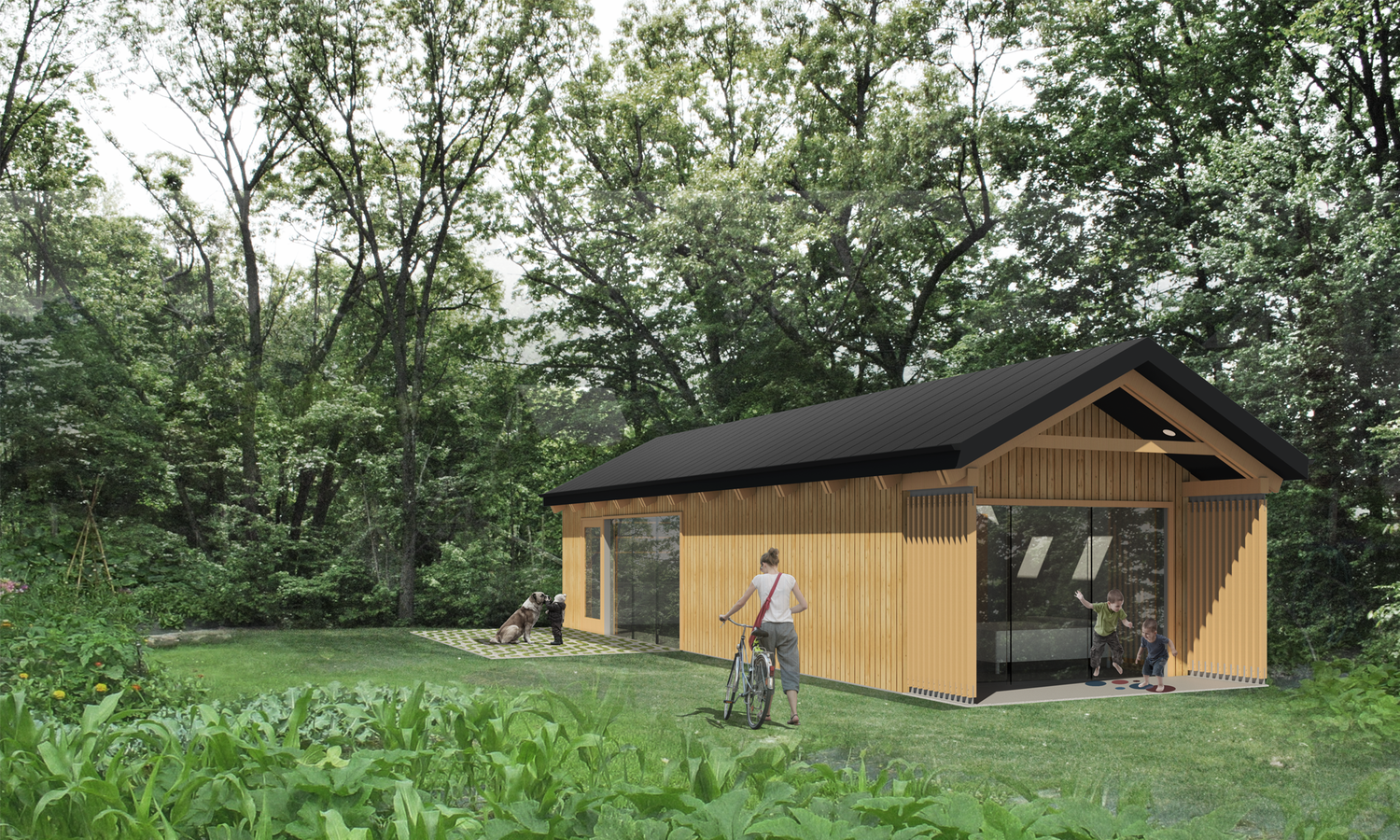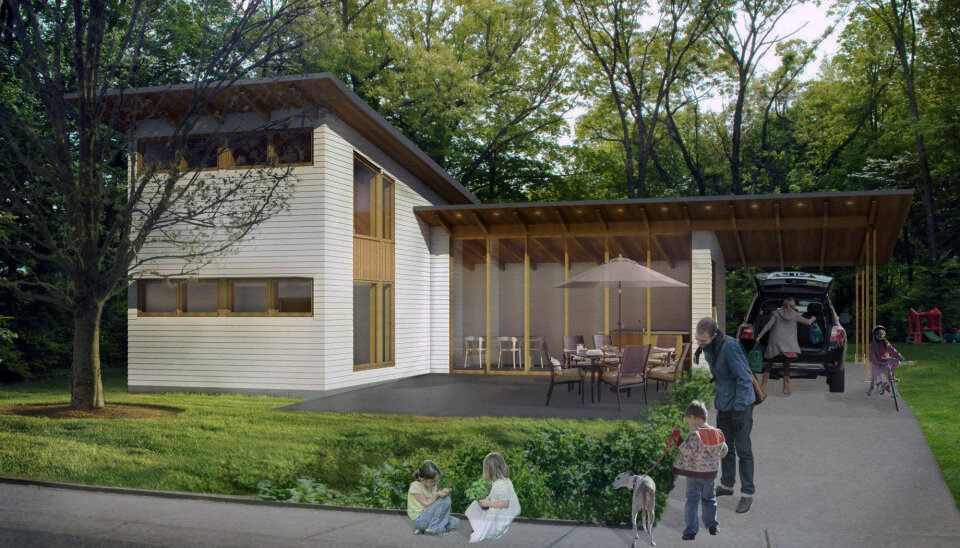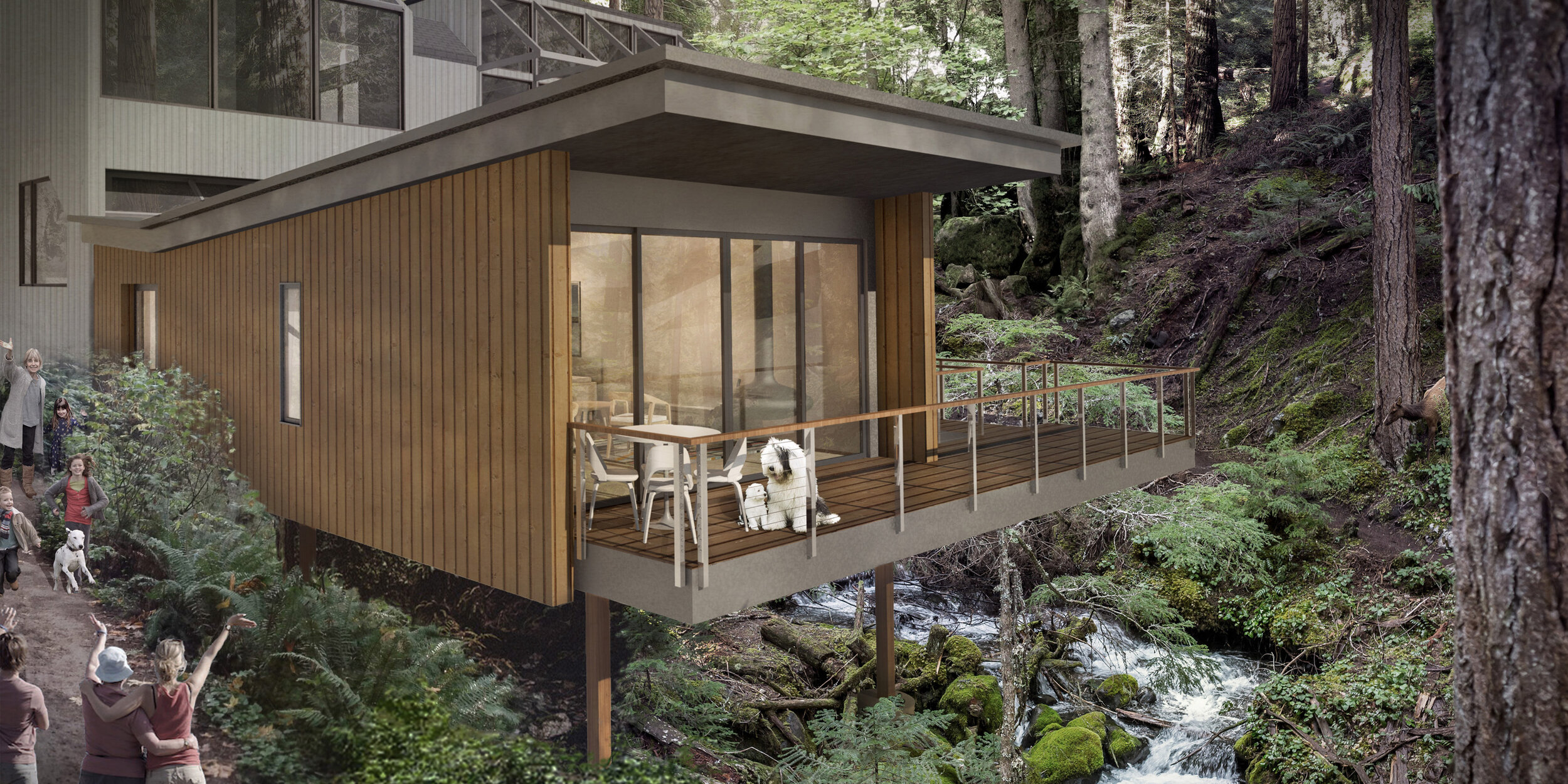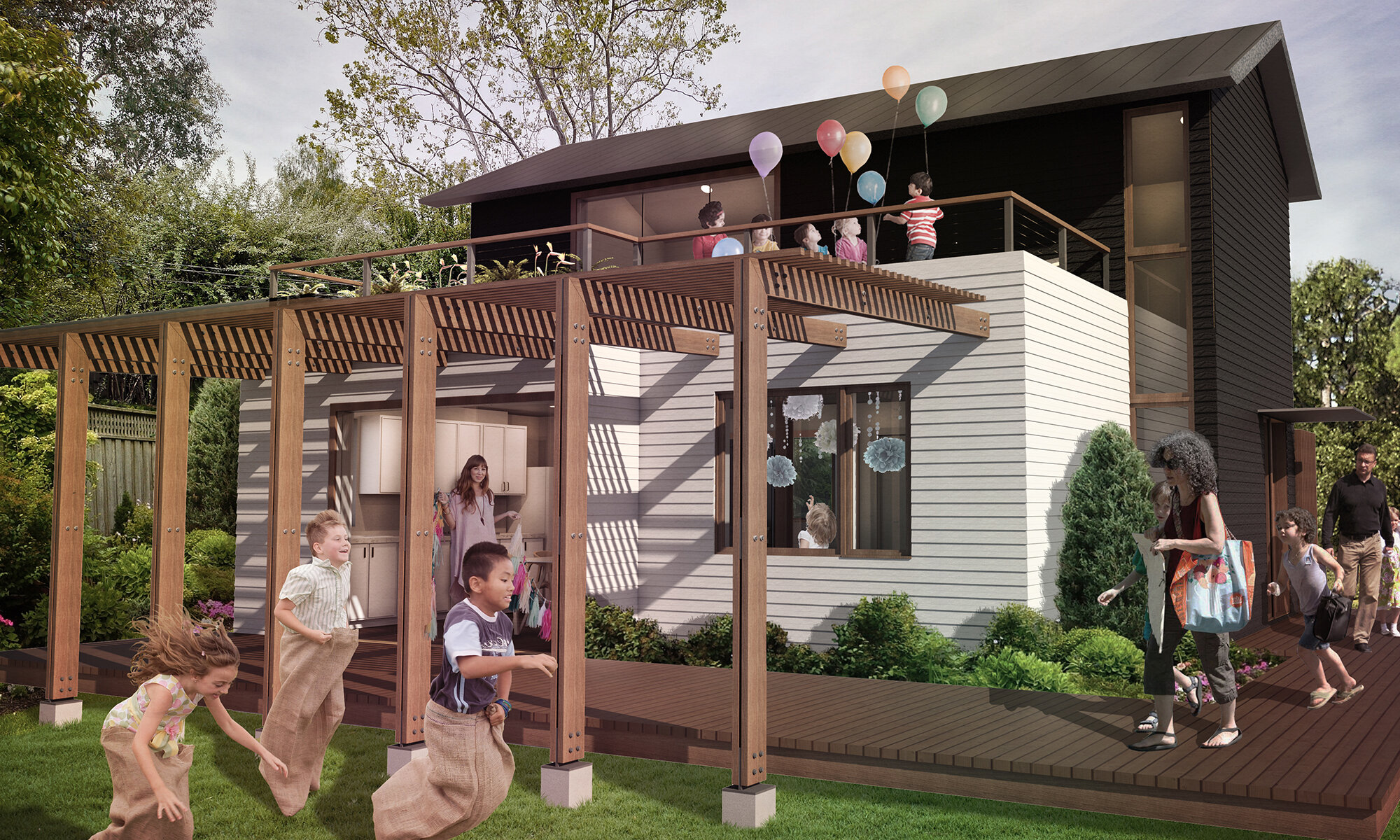Small in size doesn’t equate to easy design work. ADUs require a lot of thought and careful design considerations to arrive at the best solution for your needs. Here I will point out some important considerations that we address through our ADU design process. Specifically, I am highlighting some aspects of ADU design that may not be obvious when first thinking about adding an ADU to your property.
Size of the ADU
Although maximum size of ADUs is often restricted by local codes, there are lots of considerations that affect how large you want your project to be. Of course the project budget will affect the overall size of the ADU but other things like size of your backyard, use of the project, number of bedrooms you are looking for, even the topography of the site could affect the final size.
Beyond the total square footage of the project, there is also the decision of the size of the footprint of the new ADU. As an example, if you wanted an 800sf ADU, should it be all on one level for an 800sf footprint, or should it be a two-story project with a 400sf footprint and 400sf second floor? These decisions can affect the cost of the project and also have a profound impact on your property. Smaller lots might dictate a smaller building footprint and 2-story structure in order to preserve some outdoor space. While larger properties may lead to a single-level ADU with a larger footprint, but no stairs and less height.
Less is More
In this case I mean it literally. The less things you put into an ADU the more space you will have for living. One bathroom instead of two gives you extra space in the kitchen, a dining nook, or larger living room. Less space in the bedroom gives you more space where you spend most of your time.
ADUs are small homes and it is important to consider what spaces are the most important and where the users living in the ADU will spend most of their time. We find that larger kitchens and spacious living rooms are the best place to invest in extra space, while bedrooms and bathrooms should be designed to be efficient but compact.
Outdoor Connections
With limited space to work with within an ADU we look for strategies to make the smaller dwellings feel more spacious. We use borrowed views, strategically placed windows and doors, and outdoor rooms to make our ADUs feel more spacious. When living rooms open up to patios or covered decks we create bonus space for living that isn’t counted against the square footage limits. Plus, connecting to the outdoors physically and visually makes for a better interior with more natural light, fresh air, and views of nature.
Landscape Design and ADU Location
Beyond the outdoor connections, we also consider how the ADU responds to the surrounding landscape and overall design of the property. How will people access the ADU from the street? What is the circulation patterns on the property? Where should the front door be located? Where should the living room or bedrooms be located? Can they open up to the outdoors? How can we preserve private outdoors space for both the main house and the new ADU? How can privacy be preserved between the units?
It is important to consider how the landscape will be used and how the ADU design and location can compliment the rest of the property. Buildings are never isolated objects but rather are integrated parts of a larger landscape. It is important to consider all the impacts the ADU will have from the beginning of the design process.
Design Style for the ADU
We start the design process by having conversations with our clients about aesthetics, style, and materiality. We want to understand our client’s taste and design values so we can create an ADU design that closely aligns with their taste. We want to make sure our clients are happy with the outcome and to accomplish this goal we need to get to know our clients and what they like and don’t like from the early phases of the design process.
These conversations start with sharing precedent studies, asking our clients to do some homework by collecting images of spaces or projects that they like as well as those that they don’t like. We also discuss how the project will fit in with the surrounding context. Does the ADU need to match the style of the main house? What are the benefits of having the ADU be a different style? Are there specific regional materials that could or should be used on the project? What is the local building culture and how would that affect the design or details? What is the climate and prevalent weather patterns and does the design need to respond to those factors?
All of these questions help us develop a strong foundation from which to start our design work. These conversations also allow us to get to know our clients better and share our thoughts and opinions about our ADU design approach. Getting everyone on the same page early on helps avoid going down the wrong path or having to rework designs later on in the process. It also helps us make sure our clients are happy with the end result.
ADU Design Restrictions
Understanding the local rules and regulations that affect ADUs is imperative to a successful project. Many towns and cities have limitations on ADUs, both in terms of size, height and even style. Often there are rules about what materials can be used, or style guidelines related to existing houses on the property. We begin each project by doing research to understand these regulations and documenting any restrictions that could affect the design of the project. We discuss these with our clients to set expectations on what can be achieved. Starting the design process with these in mind helps us develop better designs that meet the requirements saving time and limiting future revisions.
Conclusion
These are just a few of the many design considerations we balance when working on ADU projects. Although ADUs are relatively small in size, they are complicated projects that need a carefully considered design approach. The most successful projects are ones that consider how they relate to the surroundings as well as how people will use the interior spaces. Considering all the various factors and having these important conversations between the design team and clients will only lead to a better project and a more beautiful solution.
It is also important to understand that working through the research, discovery, and design iterations, to end up at the best result takes time. Rushing through these decisions doesn’t lead to a better ADU. It is worth the effort and investment in these early design considerations so your ADU is the best it can possibly be.


